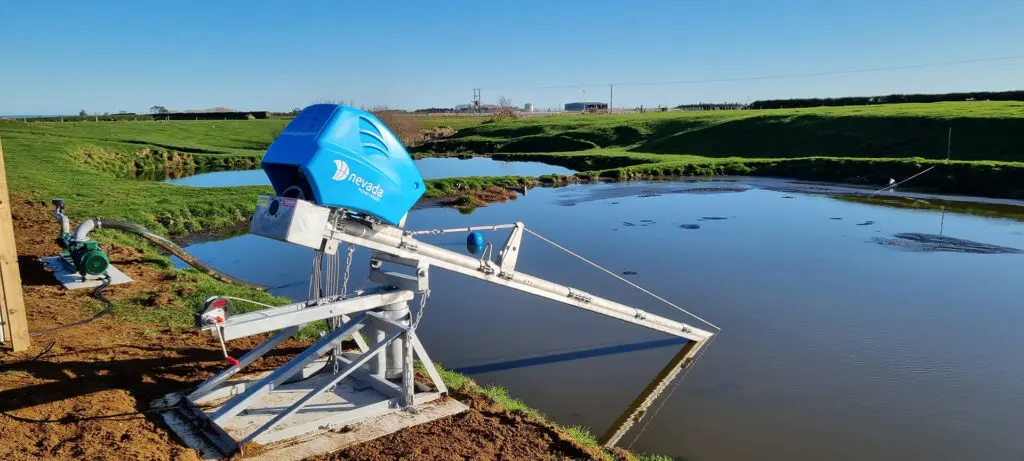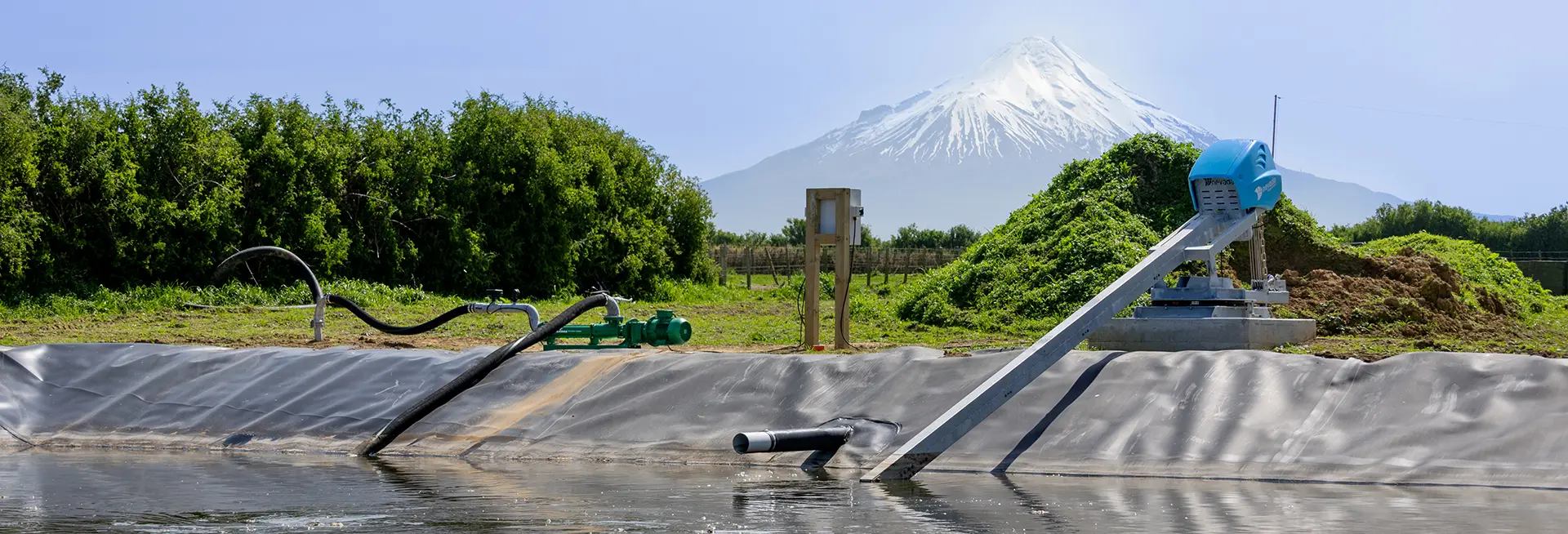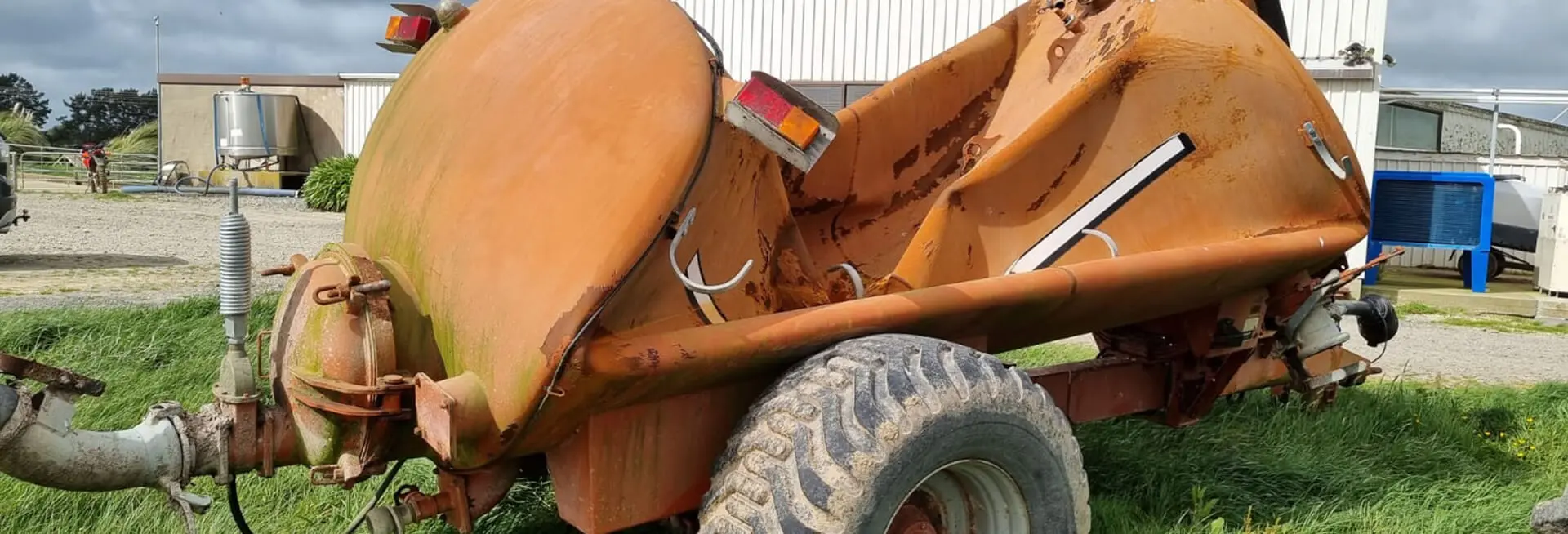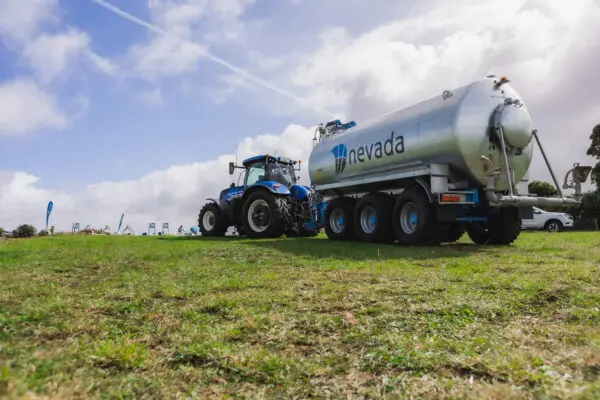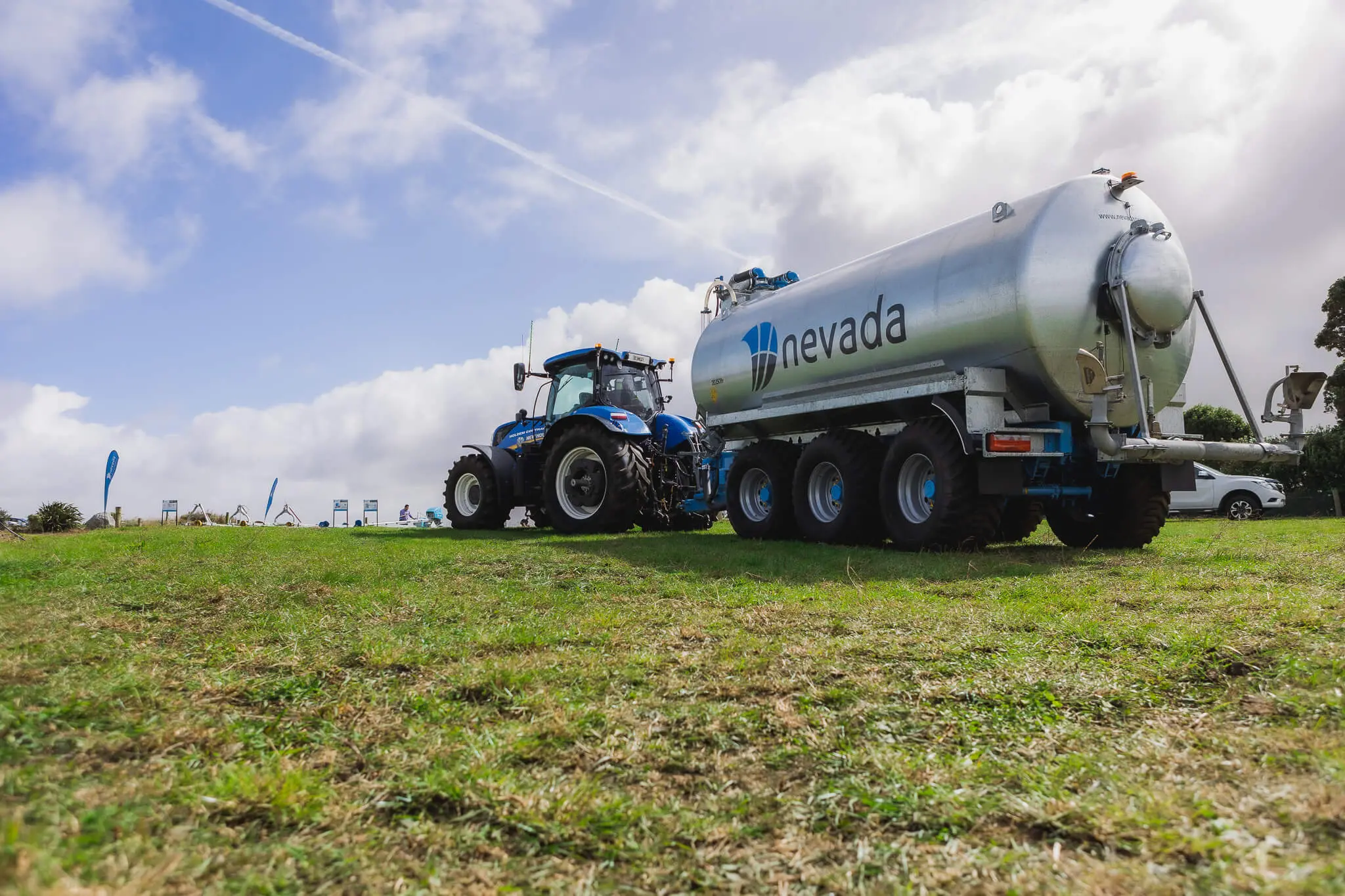Wondering why the effluent ponds get crusty on your farm?
Effluent crust is particularly a problem during the summer. The organic matter can dry out quickly, leaving weeds to germinate and grow to form a thicker crust. In the past, the traditional method was to manage the crust by allowing the biology in the pond to take care of itself. To some extent this method worked, but the only effective method of managing crust in a pond is to thoroughly stir the pond with the appropriate pond stirrer.
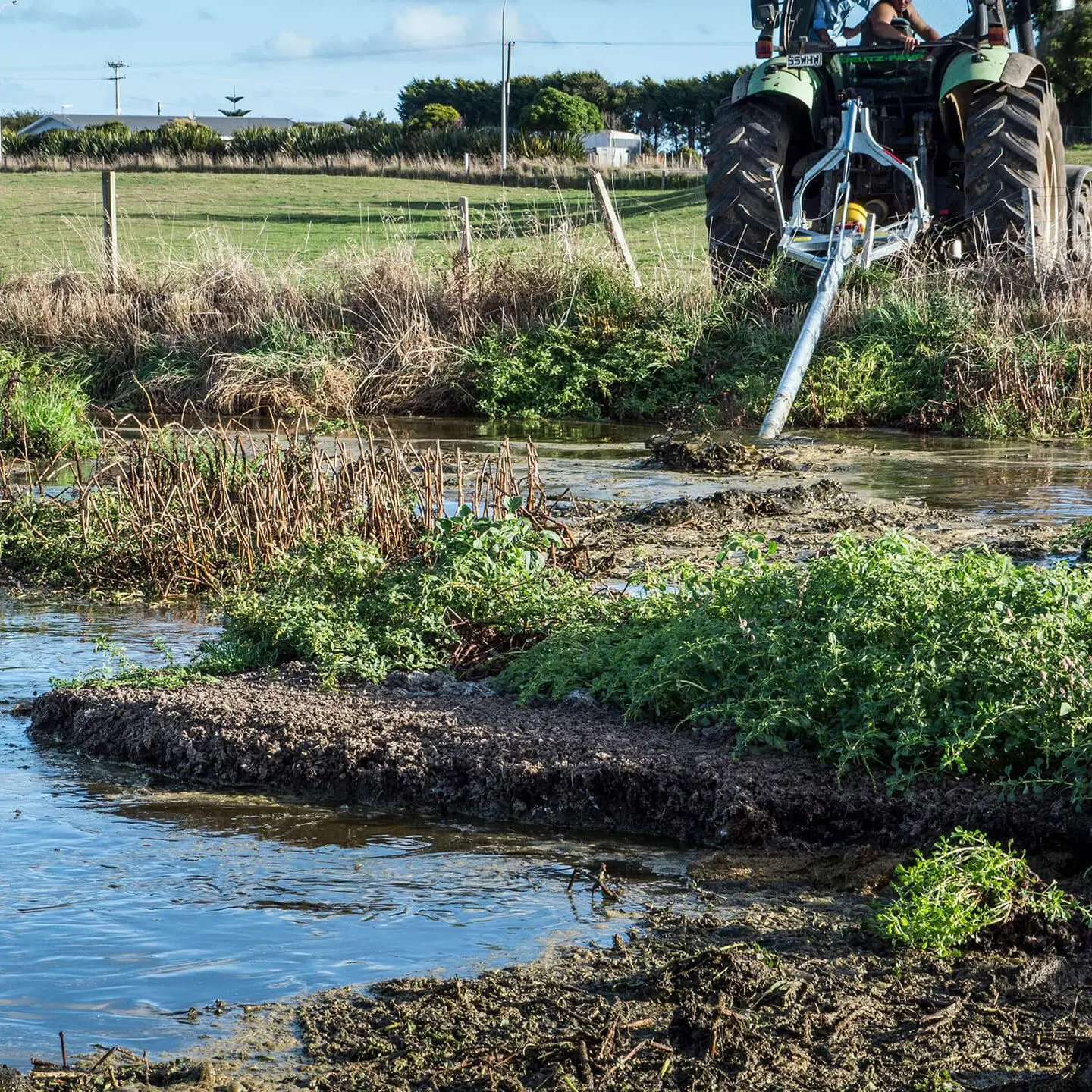
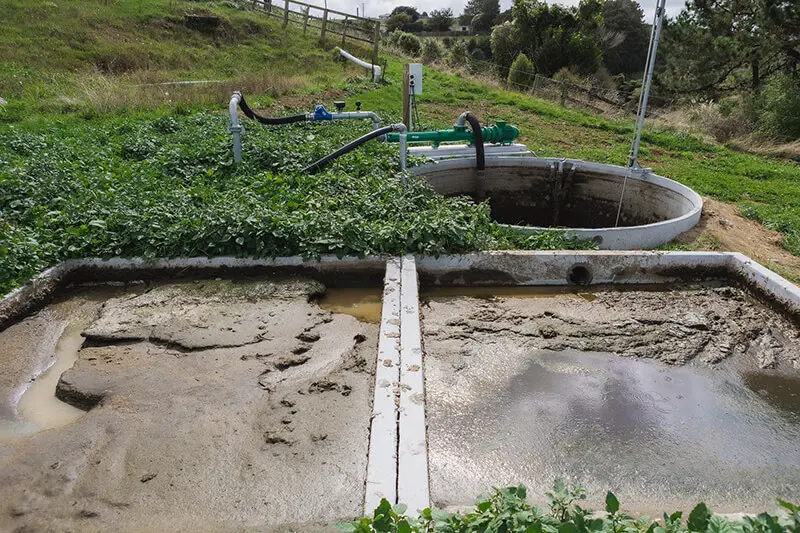
Add a stone trap
Pond crust can be reduced with a better stone trap system or a solid separator method, but we do not recommend this approach. A solid separator method can initially remove the crust away from the pond, but it will create more work later on, leading to less efficient operations.
Stirring is a must
Effluent ponds get crusty from time to time, the best method to manage this is to allow the effluent to enter the pond and then stir it with an effective pond stirrer. Nevada’s pond stirrers provide high-quality performance that is reliable and safe for farmers to use with ease. With easy angle adjustment for both electric pond stirrers and PTO pond stirrers, stir effluent with minimal hassle while improving operations.
Chat with our team today to learn more about the most effective approach to managing effluent pond crust on your farm.
